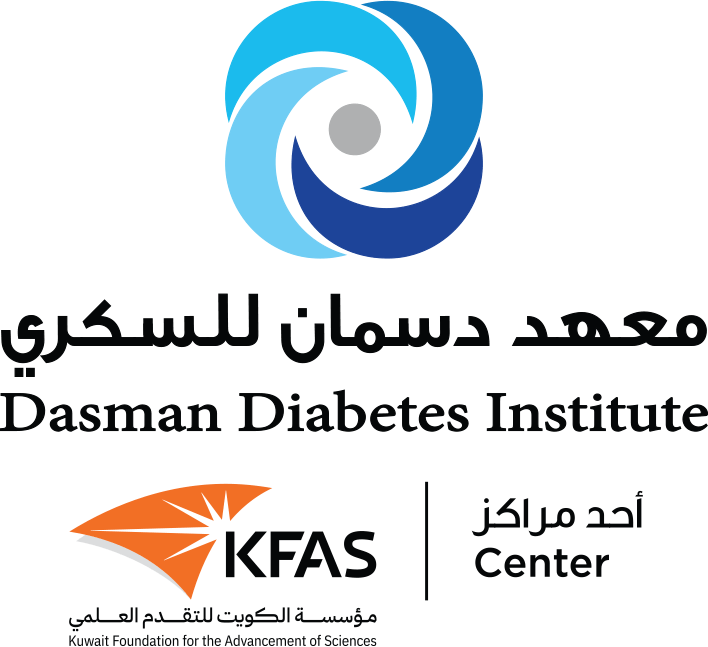
DDI today announced the online publication in BioRXIV
Published on 25/05/2020
DDI today announced the online publication in BioRXIV of preliminary data correlating the medical and infection history of patients in countries with lower COVID-19 infection and mortality rates to two specific gene variants. While these findings are preliminary, they present an interesting look into the role naturally occurring genetic variants in ACE2 and FURIN genes in different populations play in susceptibility to COVID-19. These findings may also shed light on the reported variations in susceptibility and/or resistance to COVID-19 infection in different populations: https://www.biorxiv.org/content/10.1101/2020.05.16.099176v1.
Since the outbreak, several studies have reported specific factors, including age, gender, and pre-existing health conditions, that may contribute to the increased severity of the disease. Finding rare genetic variants that increase or decrease disease susceptibility, as this study suggests, has increased quantitative importance as the disease continues to spread.
Dr. Qais Al-Duwairi, the Director General of the Dasman Diabetes Institute says: “The severity of this disease is highly variable in different populations across the world. The paper was released to help researchers worldwide explore new directions for combating the global pandemic COVID-19 caused by SARS-CoV-2 virus.”
At the time of writing this study, SARS-CoV-2 has infected 4,358,304 people worldwide, with over 1,687,192 cases in Europe, 1,408,636 cases in the United states, 110,767 cases in Iran, approximately 82,926 cases in China, 25,149 cases in Qatar, and 10,277 cases in Kuwait. Mortality rates varied significantly around the world with the highest reported deaths per 1 million people reported in Belgium, Spain, Italy, the United Kingdom, and France reaching 763, 576, 511, 482, and 414 deaths per 1 million people, respectively. Deaths per 1 million people in China, Qatar, Kuwait, and South Africa were significantly lower at 3, 5, 18, and 3 respectively and moderately higher in Iran, reporting the highest rate of deaths per 1 million people in Asia at 80 deaths per 1 million people.
“Given the extremely high prevalence of obesity (80%), hypertension (28%), and diabetes (20%) of the population in the Gulf states considered as risk factors for mortality from COVID-19, the relatively low mortality rate is surprising. The most likely explanation for the differences observed in mortality rate among countries may be attributed to genetic variation in human genes involved in SARS-CoV-2 processing and cellular entry or exit. Now we know why mortality from COVID-19 is so high in Europe”, added Dr. Hamad Ali, an author on the paper.
Professor Fahd Al-Mulla, Chief Scientific Officer of DDI and lead author in the study says, “We understand that other factors like SARS-CoV-2 testing, socioeconomic status, the availability of medical services and the higher burden of other diseases may be important contributors to the disparities seen in mortality rates around the world.” He added, “The lower infection and fatality rates in developing countries obviously cannot be attributed to these factors. The variation of these candidate genes ACE2, TMPRSS2 and FURIN in these populations offers a reasonable explanation. Further studies are needed to directly assess the functional aspects of the variants.”
Our researchers urge the international community to assess ACE2 variation differences among people with mild/asymptomatic disease versus patients presenting with severe respiratory distress syndrome, as more patient data emerges from different parts of the world.


